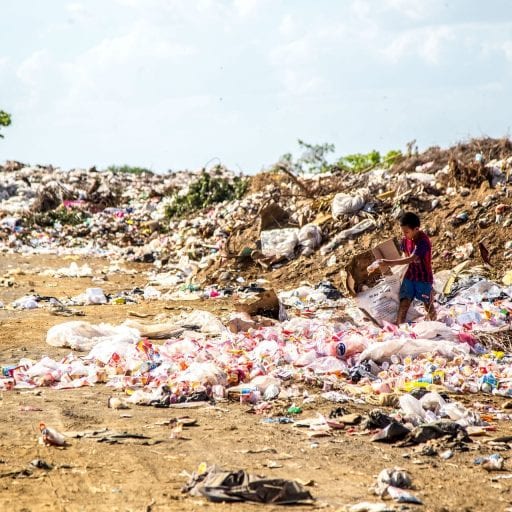Andrew Fauerbach, Thomas King, Amber Lindberg, Elijah Thomas
Professor San Martin
Topics in Environmental History
11/15/18
Chapter 6 – Electronic waste: The “Clean Industry” Exports Its Trash
The author of the book is David N. Pellow who is a Dehlsen Professor, Department Chair of Environmental Studies. He is a very well-versed in the topic of environmental racism because of his Ph.D and M.A. degrees in Sociology from Northwestern University as well as his B.A. degree in Sociology.
Chapter six of this book describes the true impact that technology has had on our environment. The chapter describes the history of e-waste and how improper e-waste disposal has had severe consequences on the environment and people’s’ health. Pellow notes that how the distribution of e-waste across country borders is an act of environmental racism.
Pellows uses the history of e-waste disposal to formulate the argument that moving waste across border is an act of environmental racism. The technology industry is one of the fastest moving industries across the world. Pellow notes that in the “global North nations are heavily wired, while access to this technology in most southern nations [are] considerably lower” even though a majority of the waste is sent to these southern nations to deal with (Pellow 185). E-waste is defined as a large number of household appliances and other electronic devices. Many electronics like computers and cellphones contain lead, mercury, cadmium, and other hazardous materials.
When electronic devices are discarded, the waste is shipped to urban and rural areas where the material is disassembled and sold or dumped as waste. Pellow argues that “this practice creates a massive transfer of hazardous waste products from North to South and is responsible for harming the public health and the integrity of watersheds” (185). The lead and heavy metals seep into the water supply from landfills. According to a study done in 2004, “consumer electronics already constitute 40 percent of lead found in landfills… about 70 percent of the heavy metals in landfills come from electronic equipment discards” (187). This leads to many different health consequences including damage to the nervous system and loss of mental ability.
For global North countries, it’s cheaper to send the waste away to poorer countries. In India, recycling a computer is about four dollars whereas in the United States it costs about twenty dollars. The GrassRoots Recycling Network noted in response to the EPA’s decision to allow waste exports that “Asian peoples are now asked to accept pollution that we have created simply because they are poorer” (194). This ultimately ends up hurting the in the people, workers, and ecosystems of many southern countries.
The severity and amount of e-waste that is disposed into the environment is much too large. Pellow argues this and backs it up with concrete evidence, as he states “The 315 million computers that became obsolete between 1997 and 2004 contained more than 1.2 billion pounds of lead. When these components are illegally disposed of and crushed in landfills, the lead is released into the environment, posing a hazardous threat to current and future generations” (187). All of Pellow’s arguments were very clear and concise, as he cleared up all of the uncertainties I had through the entirety the chapter.
While reading this illuminating chapter on e-waste, our group instantly recognized how it branched off of a previously discussed topic. It was clear that e-waste was a key part of the north to south dumping pattern. Electronic waste, just like other toxic waste which was discussed in class, is “recycled” and brought to countries in the south to be dismantled to save valuable metals but exposes workers to very dangerous toxins found in the batteries and the plastic they burn. During our discussion of this chapter, it was noted that we were aware of how incredibly unfair it was that those who were not responsible for the incredible mess were suffering the repercussions of needing to accept this waste. We drew a parallel to other articles which we read, describing how these dangerous chemicals and dumping areas were more often than not near areas with large numbers of minorities (in America), who also suffered health problems because of it. We felt that the bigger discussion this chapter brought about was how environmental racism, especially dumping, was a problem which is found all over the world and it is the north that needs to be held accountable for the waste they make.
This work inspires questions such as “Is it necessary for countries in the global North to regulate, or even ban e-waste. It is a very hot topic for environmentalists and businesses alike, and could pose an even greater threat to the environment in the future if nothing is done about it. Also if e-waste is rapidly flooding global South nations, what major preventative action is going to be taken?
Works Cited
Pellow, David Naguib. Resisting Global Toxics Transnational Movements for Environmental Justice. The MIT Press, 2007. [Chapter 6]
